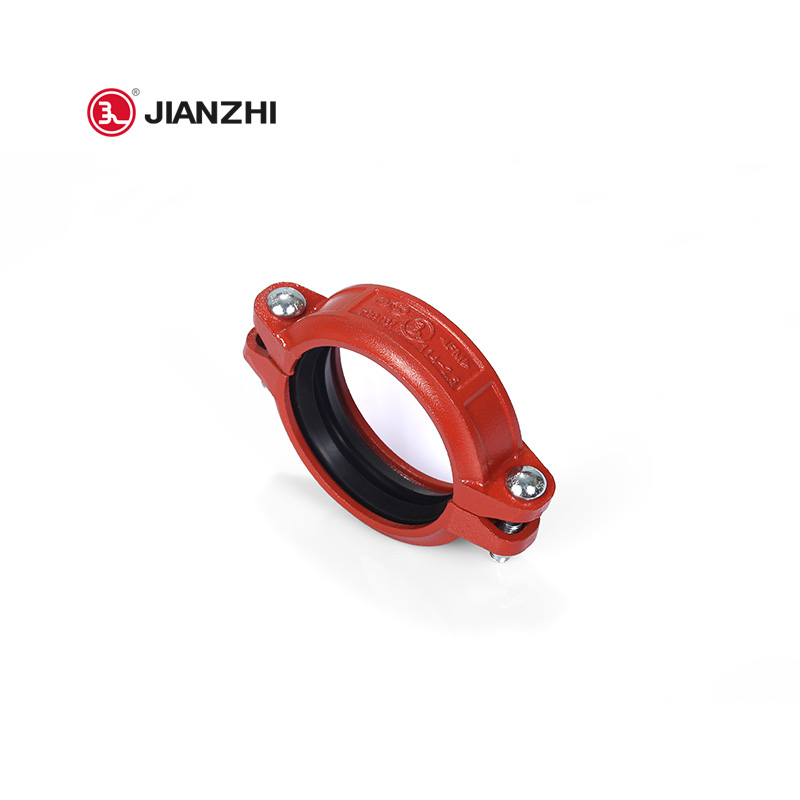In piping systems, an elbow joint is a specially welded fitting that is available in, generally, 90- or 45-degree angles. Elbow pipes create water-tight and durable joints, and enable a pipeline flow to curve and maneuver.
There are two commonly used elbow joints – short radius and long radius elbows. The biggest difference between the short radius and long radius elbow is the length of the curvature. A long radius elbow is, unsurprisingly, longer, and therefore, the elbow’s curve is less dramatic. Short radius elbows, on the other hand, are shorter and have sharper curves. When space permits, long radius elbows are preferred.
Common Types of Elbow Pipes
In addition to the standard 90- and 45-degree angled elbows, there are also 22.5- and 60-degree elbows, although these are much less commonly used. Typically, long elbows are available with ends that are prepared for welding, that are threaded with male or female fittings, or that are socketed. There are also elbows with two ends of different diameters; these are referred to as reducing elbows.
Additionally, elbows are most commonly made from durable metals, including copper, steel and aluminum, cast iron, and stainless steel. Yet, there are also PVC, plastic and rubber options available. The material required is determined by the application. High pressure pipelines require elbows made of sturdy metals, while in some water applications, including in gardening and hosing, PVC or rubber may suffice.
Additionally, the angle of an elbow’s curvature is extremely important when selecting the correct fitting. For instance, in high-pressure systems, the impact of a substance in a 45-degree elbow is greater than it would be in a 90-degree elbow, and that can cause disturbances for highly sensitive materials. Additionally, this can cause extreme changes in temperature. That’s why in high-pressure applications, an elbow made of a durable metal is preferred.
Common Applications and Uses for Long Radius Elbows
Compared to short elbows, long radius elbows provide a few advantages. In addition, these types of longer elbows are used based on the fluid or substance that’s passing through the pipeline, gases and some liquids require less resistance, which is provided by a long elbow. Other advantages include:
The pressure drop within the pipe is less dramatic when long radius elbows are used. This is ideal for gas pipelines, as well as food and beverage piping.
Since less resistance is created, long elbows reduce the risk for backups or clogs.
Yet, there are some instances where shorter elbows are preferred. For instance, in areas that have space limitations, short elbows can be used to change the direction of a pipeline. Additionally, short radius elbows are generally more affordable than long radius elbows, which, in some cases, can be a deciding factor.
Elbows are made of all sizes, and they’re used in a variety of pipeline systems, including industrial and chemical facilities, oil and gas, water and plumbing, and food and beverage applications.
What to Consider When Purchasing Elbow Fittings
There are some important factors to consider, when choosing an elbow fitting. These factors include:
Material: Elbow fittings are made from a variety of materials, including copper, aluminum, stainless steel, rubber and plastic. Choose a material that can withstand high temperature or high pressure, if needed.
Size: Elbows are available in all Nominal Pipe Sizes, which is the United States standard for piping. Thus, you’ll need to choose the correct pipe size to fit your existing pipeline.
Threading Type: Elbows are available with all types of threading, including male and female threading. You need to match the thread of your existing pipeline to the new fitting. Generally, male threading requires a female thread, and vice versa. Plus, there are some pipe fittings without thread that require a weld.


没有评论:
发表评论